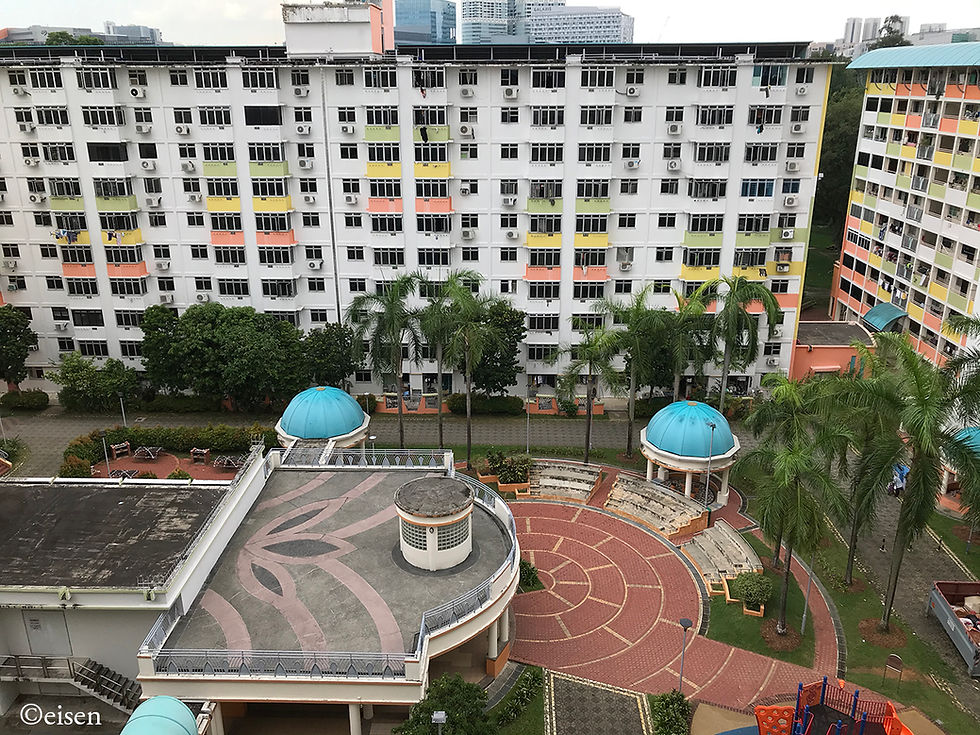- May 5, 2021
The construction of the North-South Corridor, Singapore’s 11th expressway between Woodlands and the City, is underway.
The progress can be observed on the northbound train from Yio Chu Kang to Khatib MRT stations, as the underground section of the corridor runs almost parallel to the train viaduct.
Part of Ang Mo Kio Avenue 6 - a key arterial road connecting Lentor Avenue and Marymount Road - had to be slightly deviated from its usual channel, to accommodate the tunnelling works.
Works outside Presbyterian High School.



Works to the north of the school, along Ang Mo Kio Avenue 6.



Once this stretch of the corridor is completed, it should relieve motor traffic on this road.































































